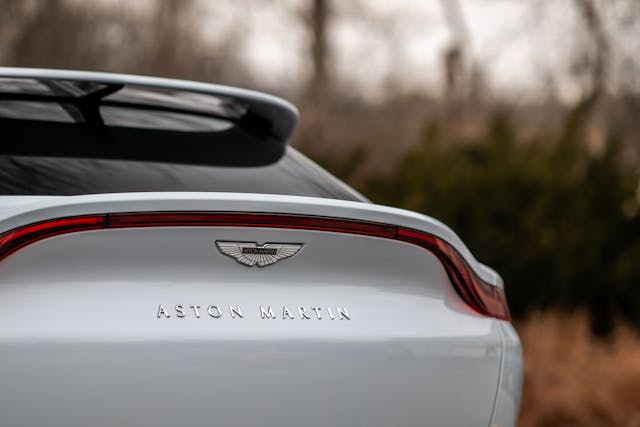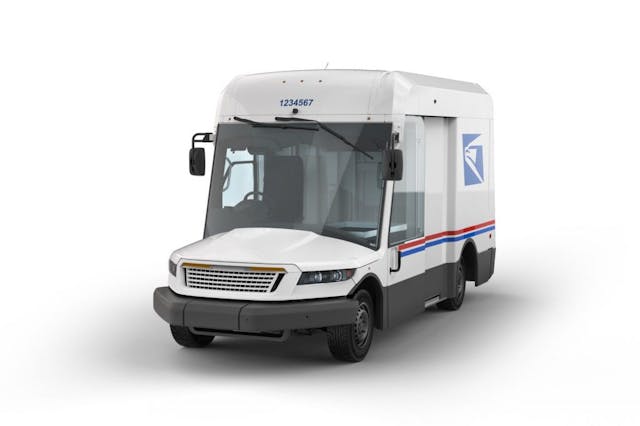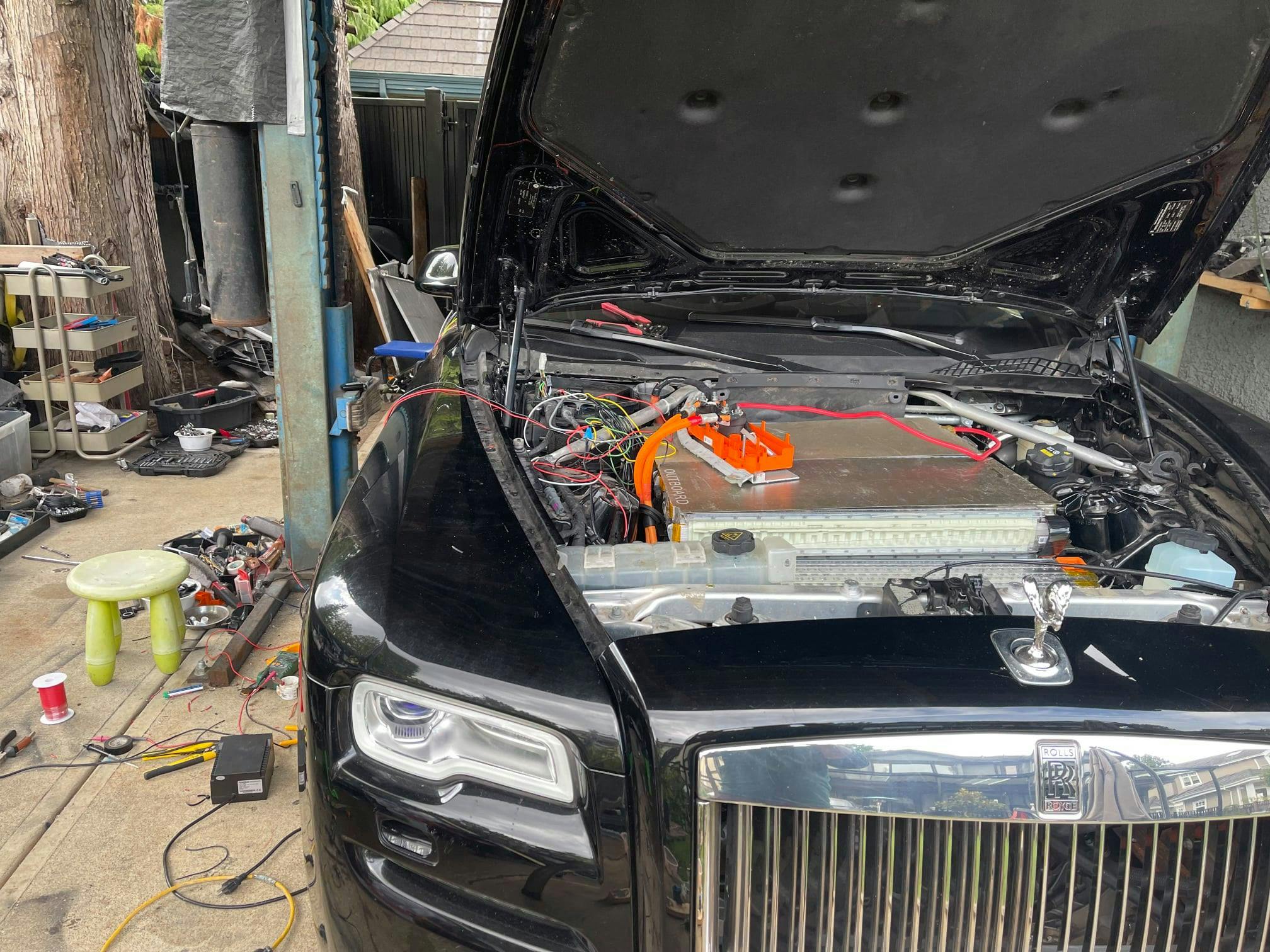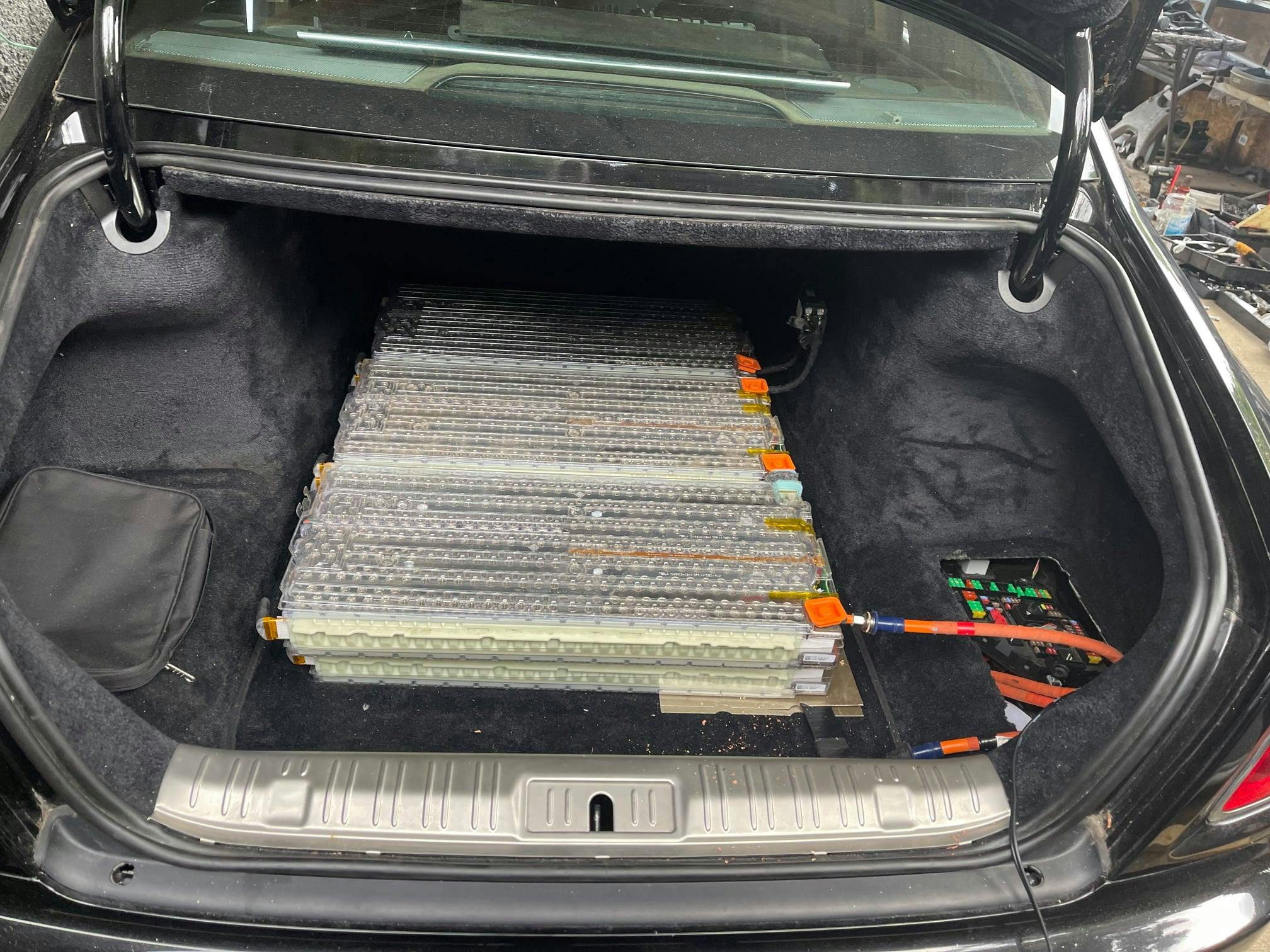Canadian sells house to build EV, U.S. dealers compete to restore Porsches, USPS prioritizes ICE

Canadian sells house to fund Rolls-Royce EV conversion
Intake: A resident of British Columbia forever changed his life when he sold his house to fund his homebrew EV project. His now Tesla-powered Rolls-Royce Ghost, the result of four years of labor, has a reported 310 miles of battery-powered range. Vincent Yu, an engineer by trade, was inspired to convert the Rolls Royce’s powertrain after a conversation with his daughter, who critiqued him for his combustion-powered driving style, and subsequently hired a team of craftsman to assist him in making his dream a reality. And while these difficult times led to Yu’s wife leaving him, he now has his own company specializing in EV conversions.
Exhaust: This is an impressive story about the financial stress and the personal toll it takes to create something, but Yu evidently takes it in stride: “Growing up, I have always been this crazy kid who kept dreaming of doing something ground-breaking in the world—even if it seems impossible.” Yu joins a growing cottage industry of entrepreneurs creating EV-conversion companies, and we wish him and his team the best of luck.
Lamborghini’s having a tough week

Intake: Last week, the 656-foot Felicity Ace transporter was abandoned in the Atlantic as a fire ravaged its cargo of roughly 4000 vehicles, which included Porsches, Bentleys, and Lamborghinis. The Lambos are mostly Urus SUVs, but some Aventador and Huracan models were also on board, according to a report from Automotive News. Lamborghini planned to sunset the Aventador with the LP 780-4 Ultimae series, a 600-unit send-off run. Most likely, the Aventadors on the Felicity Ace were part of that sold-out series. As the fire has since subsided, salvage crews boarded the ship yesterday to assess the damage, and we may know more later. Lamborghini CEO Andrea Baldi speculates that if any Avendators are damaged or destroyed, Lamborghini would have to go back to its suppliers to see whether it can source the parts necessary to rebuild the lost cars. That’s not the only drama on Lamborghini’s hands: NHTSA is ordering a recall of 4796 Huracáns from model years 2015 through 2020 for a headlight issue. The NHTSA report details a blanking cap that was not installed over the adjustment screw for the headlights, which could potentially cause the aim of the headlights to skew horizontally, presenting a hazard for oncoming motorists.
Exhaust: When it rains, it pours—even if you’re a storied Italian sports car manufacturer. Baldi tells AN that Sant’Agata: “Does not know yet the final outcome. We have informed our dealers, and they have informed out customers, because whatever happens, in any case, there will be a delay.” Huracán owners affected by the recall can contact their dealer, who will install the missing blanking cap free of charge.
U.S. Porsche dealers compete for best resto prize

Intake: More than 60 dealerships across the U.S.A. are taking part in the 2022 Porsche Restoration Challenge. First run last year, this internal competition pits franchise against franchise as they each take on a project car from the 1950s to the 2000s to be returned to factory condition. Eligible cars include the 356, 914, 944, 928, and no less than five generations of 911. Even early Boxsters and Cayennes can be entered. Using some of the 60,000 available Porsche Classic Genuine Parts, the workshops will have until July to complete their restorations. Entries will be whittled down to regional finalists for the East, South-central and West before the last three we will be judged by a panel from Porsche Cars North America in September.
Exhaust: Authenticity will be the key to success in this challenge, says Porsche, who will judge each car based not only on the quality of its restoration but the originality of its documentation. No doubt Porsche Ontario will be hoping to repeat its success after taking the top prize in 2021 with a 1989 911 Targa (pictured above).
Americans can’t get enough Aston Martin (SUVs)

Intake: Aston Martin sold almost 2000 cars in the U.S.A. in 2021, in a massive, 115 percent hike over the previous year. During the 2021 calendar year, 1984 Astons found homes in America, comprising almost a third of the company’s global total of 6178 sales. Sales gained the most momentum in the first half of the year: Aston reported that sales were up by 224 percent over 2020. “Retail demand for our brand in the Americas [is] at an all-time high,” says a delighted Aston Martin Americas Regional President Adam Chamberlain.
Exhaust: Unlike Lotus’ nostalgia-driven sales records, much of Aston’s commercial success is due to the DBX crossover, which went into production in June of 2020 and accounted for over half of vehicle sales in the first half of 2021. The bigger picture? After several painful stumbles in the past year, including a shave with bankruptcy in 2014 and a depressing IPO in 2018, Lawrence Stroll and Tobias Moers might just be turning things around.
USPS new fleet will be 90 percent gas-powered

Intake: Six weeks after the U.S. Postal Service pumped the brakes on its new fleet to reconsider the percentage of electric vehicles, it has finalized plans to purchase up to 148,000 gasoline-powered mail delivery trucks—accounting for 90 percent of the fleet—from Oskhosh Defense, in defiance of the Biden administration’s objections. According to The Washington Post, Postmaster General Louis DeJoy disregarded requests from both the White House Council on Environmental Quality and the Environmental Protection Agency to increase the percentage of EVs, which would have added as much as $11.3 billion to the bottom line. EPA officials say the Postal Service has vastly underestimated the emissions of its “Next Generation Delivery Vehicles,” the first of which is now expected to hit the streets in 2023.
Exhaust: President Biden has pledged to transition the federal fleet to clean power, so the USPS plan to move forward with a 90/10 ratio of gas/electric is a major blow. The USPS says producing a higher percentage of EVs will cost the country billions; critics argue the same is true (mainly in maintenance costs) by going with a mostly gasoline-powered fleet. Perhaps there are no winners in this fight.
Automotive “eyeballs” are getting smarter
Intake: Misleading marketing (looking at you, Tesla) and development hiccups abound, but autonomous-driving technology is continuing to advance. The latest innovation is a LiDAR sensor from Oregon-based PreAct Technologies, founded in 1999 to support the defense industry with high-speed sensors. These LiDAR sensors use light as bats and whales use sounds, to locate objects around them by emitting a pulse (sonic or otherwise) and analyzing the feedback to determine distance. The news for PreAct is that its T30P flash LiDAR sensor (flash means that it emits a diverging arc of light, rather than parallel beams) can be programmed via software, which can be delivered over the air, and doesn’t have to be physically updated with a chip. PreAct also hopes to court Tier 1 suppliers and OEMS with the T30P’s wide-ranging compatibility; it integrates easily into an existing arrays of autonomous tech, and will be available in July of this year. Want the techy details? Check out PreAct’s website.
Exhaust: Though we associate LiDAR with autonomous driving, and the heated discussions about its safety and/or desirability, these sensors can be programmed for more mundane, less controversial uses. It could warn you if you’re about to open your door into a trash can, for instance, or scrape your bumper on a curb. Semis could use them to detect trailer position. The digital eyeballs could even keep watch as part of an anti-theft sensor array—and because PreAct’s units can be configured via software, a sensor could be retasked or assigned additional duties via an over-the-air update.



